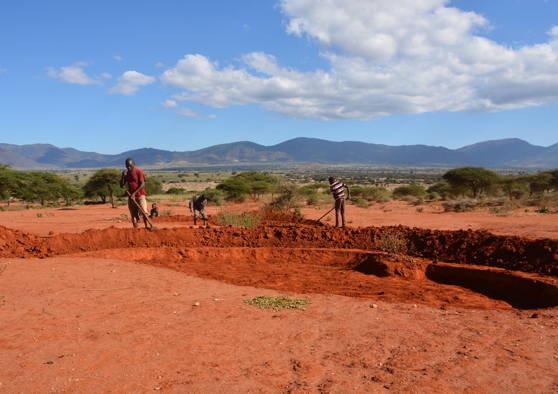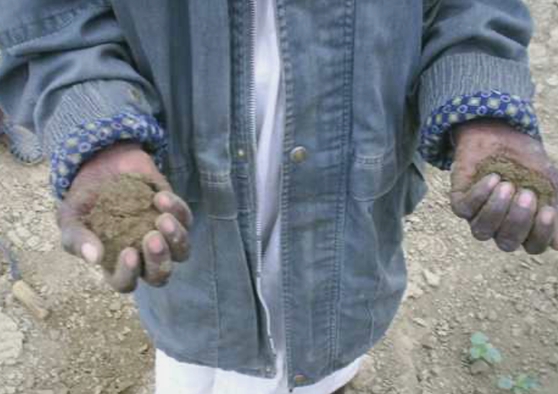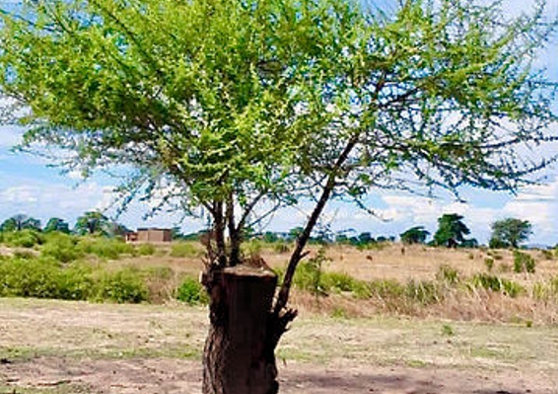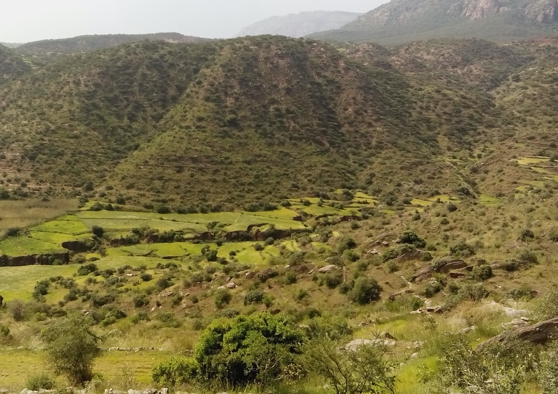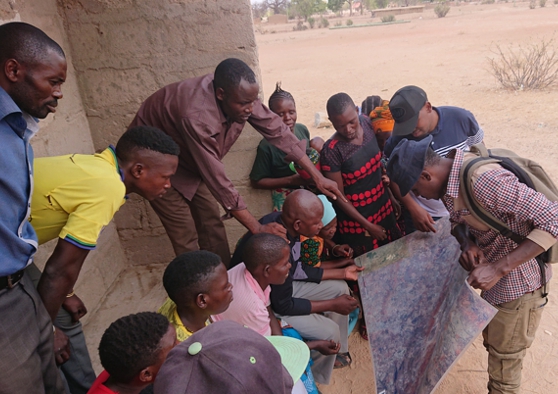Landscape Rehabilitation
Blogs about ...
More documentation
Case study impact monitoring Tanzania Monitoring Land Surface Temperature using UAV and remote sensing imagery Managing the microclimate Practical Note Spate Irrigation Sample manual securing water in Tana basin Kenya A resource book for water managers and practitioners Transforming landscapes transforming lives The business of sustainable water buffer management Water harvesting Guidelines to good practice

